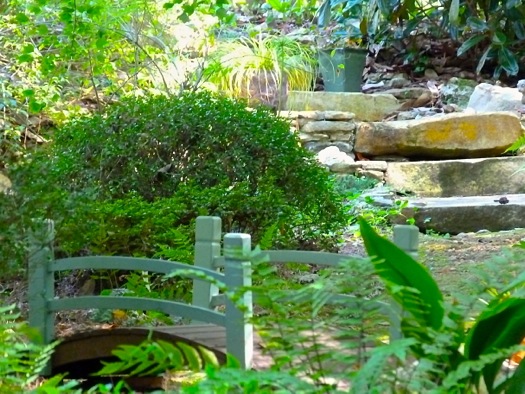July is here with the steamy breath of a dragon. To do any gardening I must wait for clouds to hide the white hot sun. Earlier this week we had a couple of days when I was able to begin a mid-summer spruce-up, pulling weeds and giving plants a dose of my summer tonic, consisting of 2 tbsp. of epsom salts and 2 tbsp. fish emulsion per gallon of water, applied to the soil around the plants. It takes a few days to get through the whole garden, and I did not make it. I wait for the next dip in temperatures. Anything below 90 degrees is close to refreshing.
Here is a tour of my garden that you can enjoy from the comfort of your home. Though a virtual tour is very limited and lacks so much, at least you won't be sweating at the end of it.
I will begin with the front garden, which is very green. The pastel lavender blooms are crape myrtles:


The following image gives a good view of the front lawn and how the garden wraps around it. The woodland garden is located in the little valley on the other side of the driveway, seen in the distance. Lawns get a lot of negative press, but I love our zoysia lawn, which is maintained with organic fertilizers, applied twice a year. The birds love it, too. 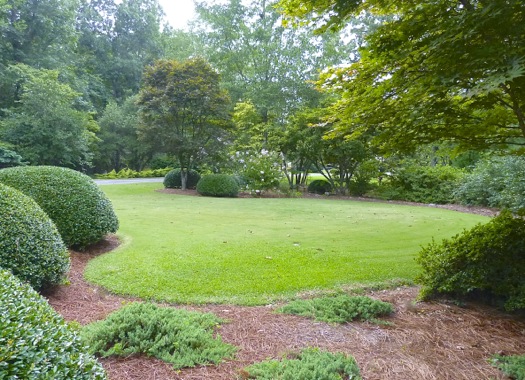
Touring the garden is not just about plants. I caught this Silver Spotted Skipper sipping nectar from our little Tutti-frutti Butterfly Bush, a small sterile shrub that blooms prolifically through the summer, as long as I keep it dead-headed:

These coneflowers are also a favorite of the pollinators, though I did not catch any butterflies or bees visiting them this time:
Hydrangea paniculata 'Limelight' is an outstanding bloomer. I have never been disappointed in this shrub, which grows to about 8 feet. It likes more sun than other hydrangeas. I can see it from my kitchen window, and it gives me a lot of pleasure:
Here are assorted plants growing the large stone planter in front of the house:
More flowers in various places around the garden: Clockwise from top left: Eucomis; Hydrangea arborescens 'Annabelle'; Campanula (Balloon Flower); Indigofera - this is a spring bloomer, but a few flowers persist; Agapanthus; Rudbeckia (Black-eyed Susan).
Clockwise from top left: Eucomis; Hydrangea arborescens 'Annabelle'; Campanula (Balloon Flower); Indigofera - this is a spring bloomer, but a few flowers persist; Agapanthus; Rudbeckia (Black-eyed Susan).
Once in a while I have to post a photo of Stump World, a twenty-five year old oak tree stump, which is a world unto itself, providing habitat and nourishment to untold numbers of little critters:
Here is an image from the edge of the woodland garden, looking out onto what I call the lower front lawn, limey green and full of interesting shadows: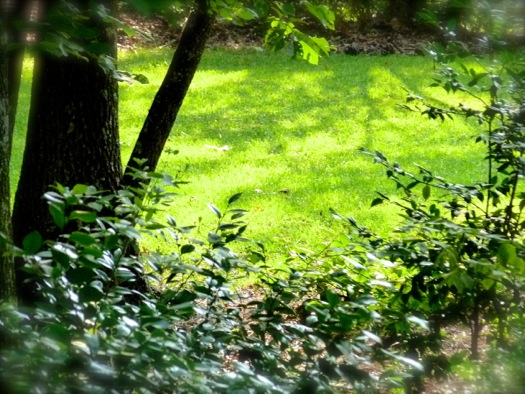
And at last a look into the woodland garden, deep green and mysterious, a fascination of leaves of all descriptions: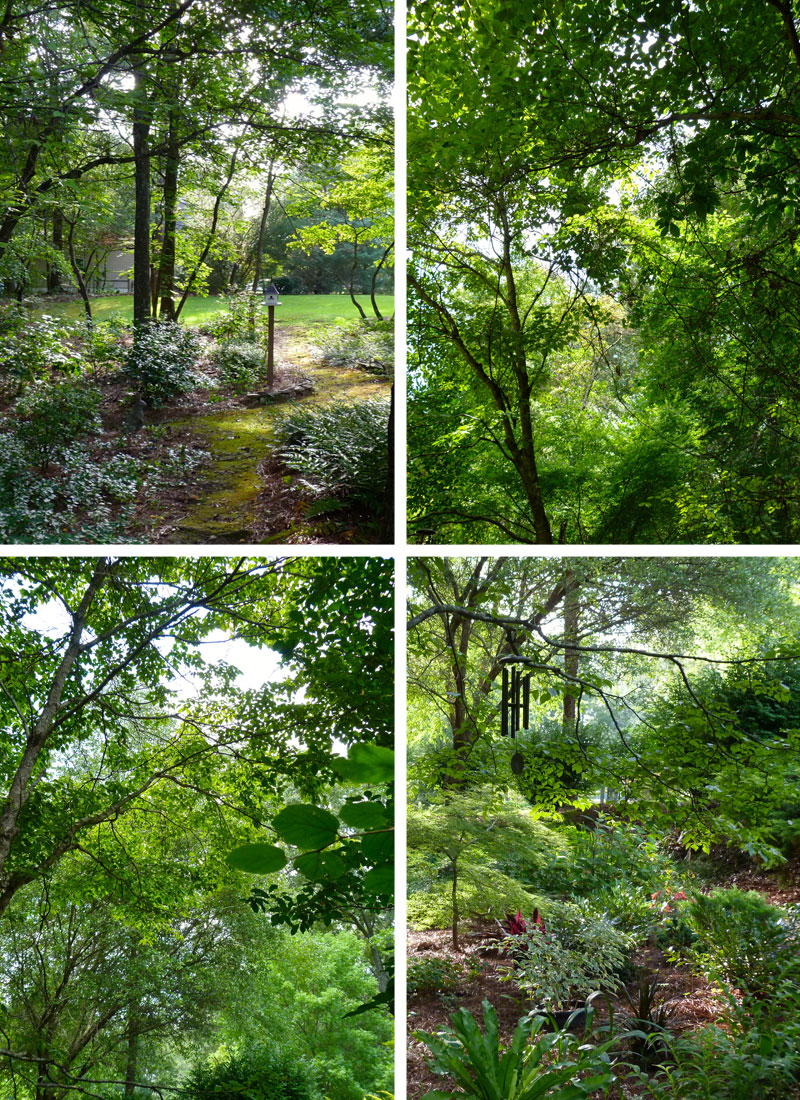
Blessings to you all! Deb
 Sunday, September 20, 2015 at 1:00PM
Sunday, September 20, 2015 at 1:00PM  Cornus florida, our native flowering dogwood, is beginning to turn colors in mid-september.
Cornus florida, our native flowering dogwood, is beginning to turn colors in mid-september.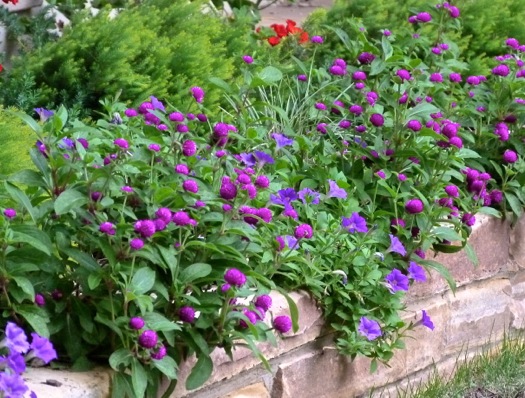

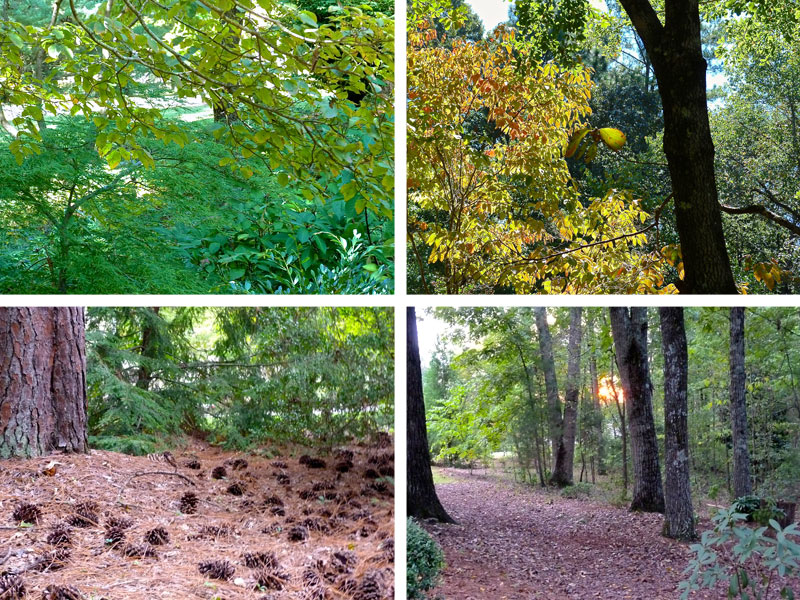
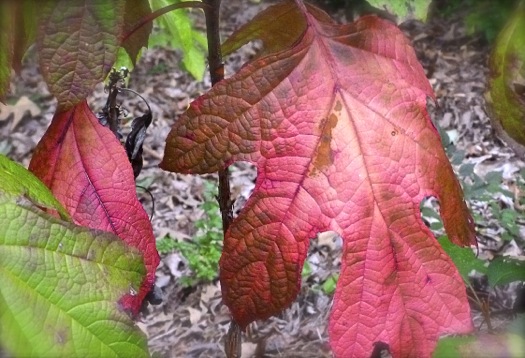 Oakleaf Hydrangea leaf
Oakleaf Hydrangea leaf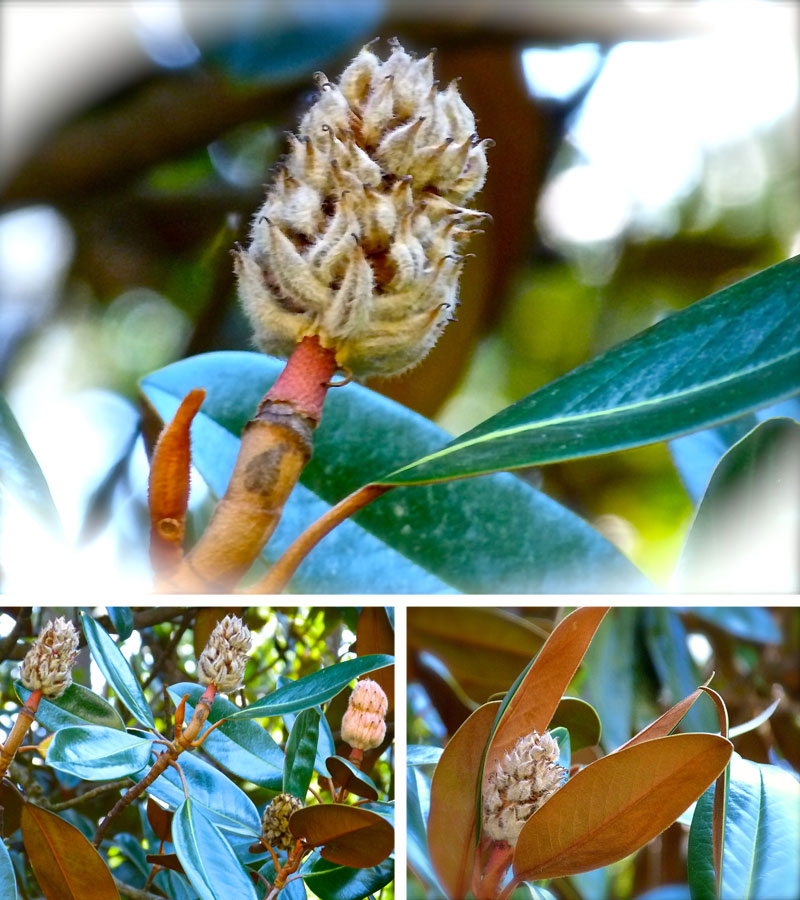 Southern magnolia seed pods
Southern magnolia seed pods
 Evergreen Dryopteris erythrosora, Autumn fern, does not turn colors in fall. Rather, new growth in spring has autumn tints.
Evergreen Dryopteris erythrosora, Autumn fern, does not turn colors in fall. Rather, new growth in spring has autumn tints. Clockwise from top left: Licoris radiate, the spider lily; Ilex verticillata, the winterberry; Hydrangea paniculata 'Limelight'; Houttuynia cordata 'Chameleon'.
Clockwise from top left: Licoris radiate, the spider lily; Ilex verticillata, the winterberry; Hydrangea paniculata 'Limelight'; Houttuynia cordata 'Chameleon'.
 This old rusty woodpecker is in the woodland garden.
This old rusty woodpecker is in the woodland garden.
